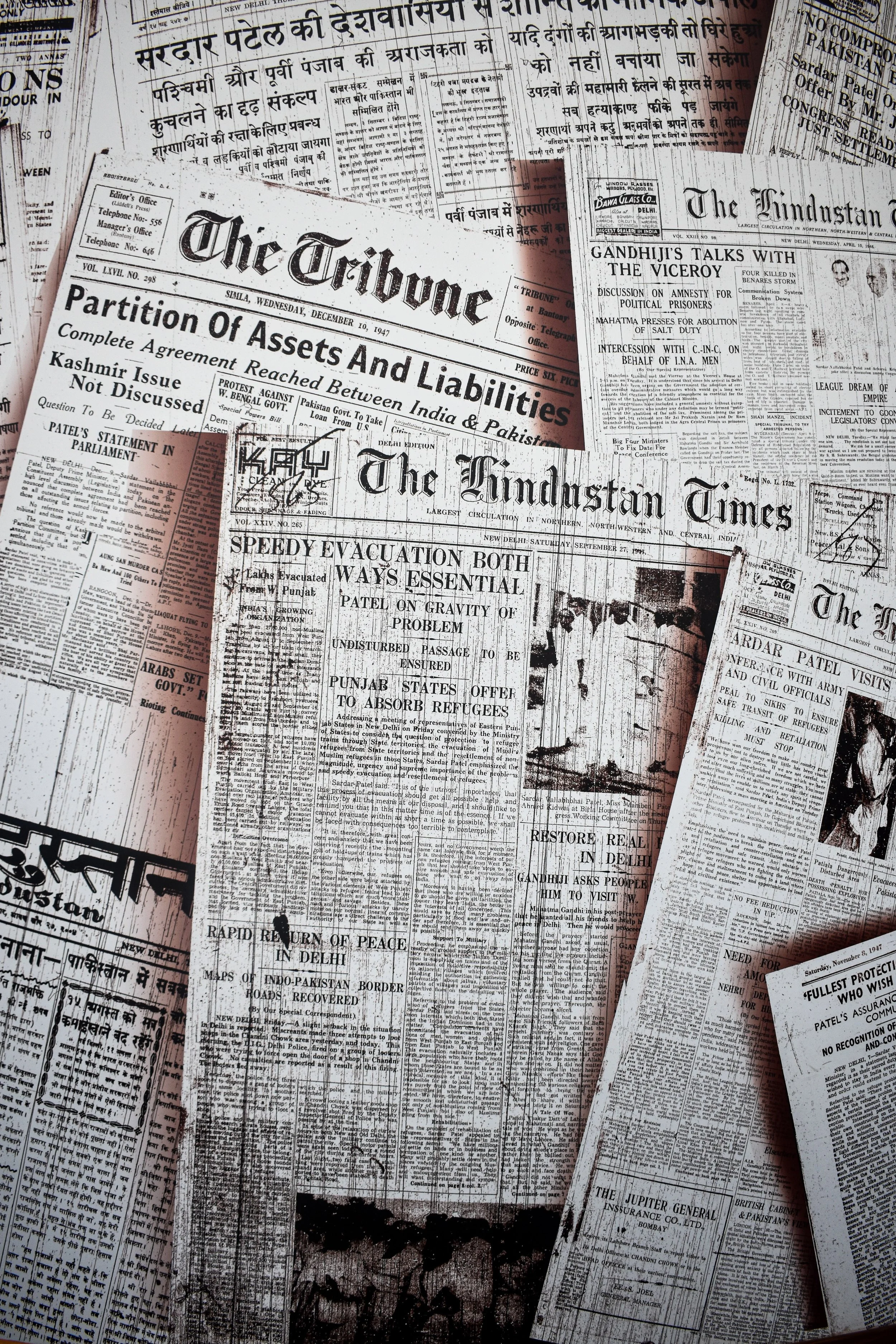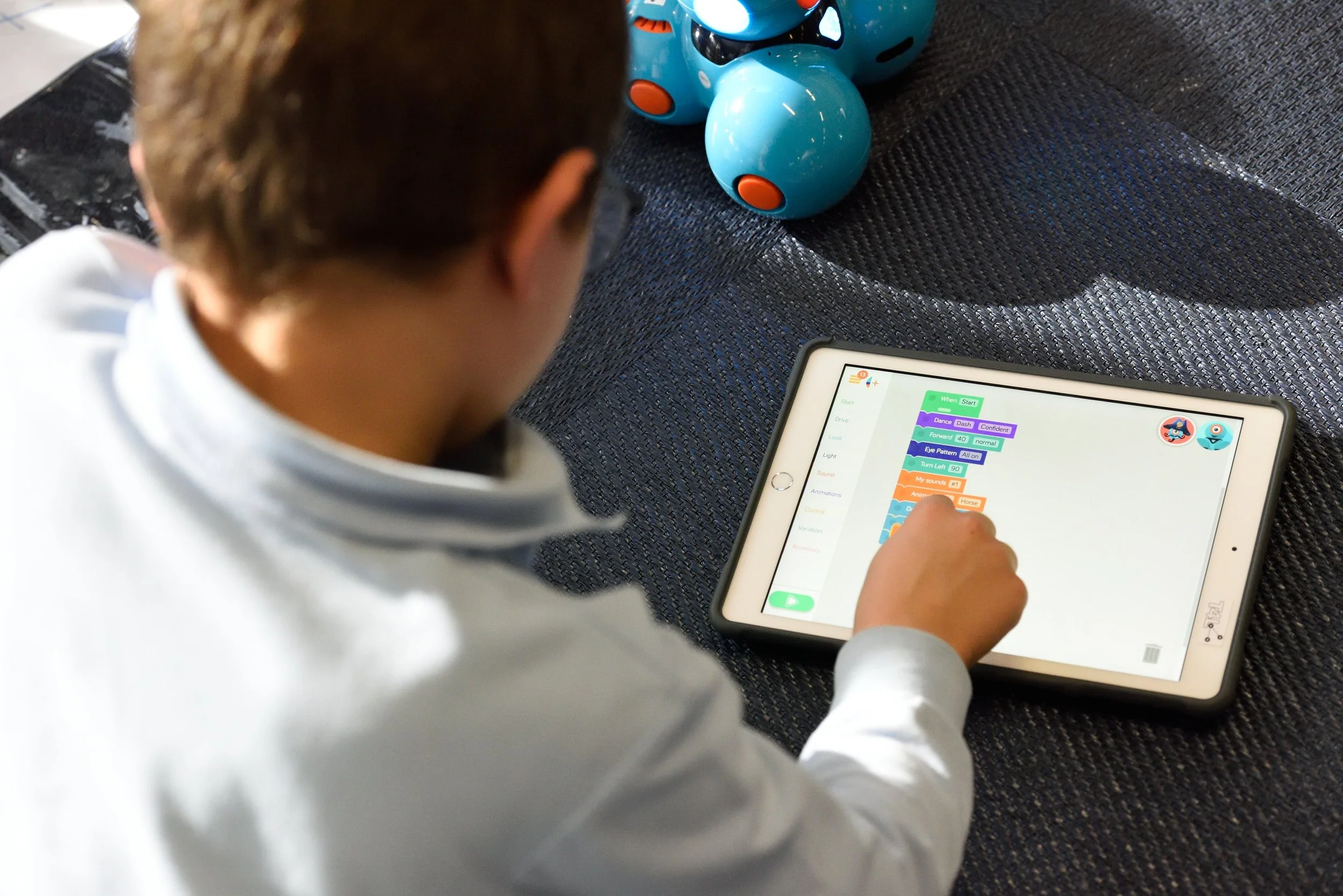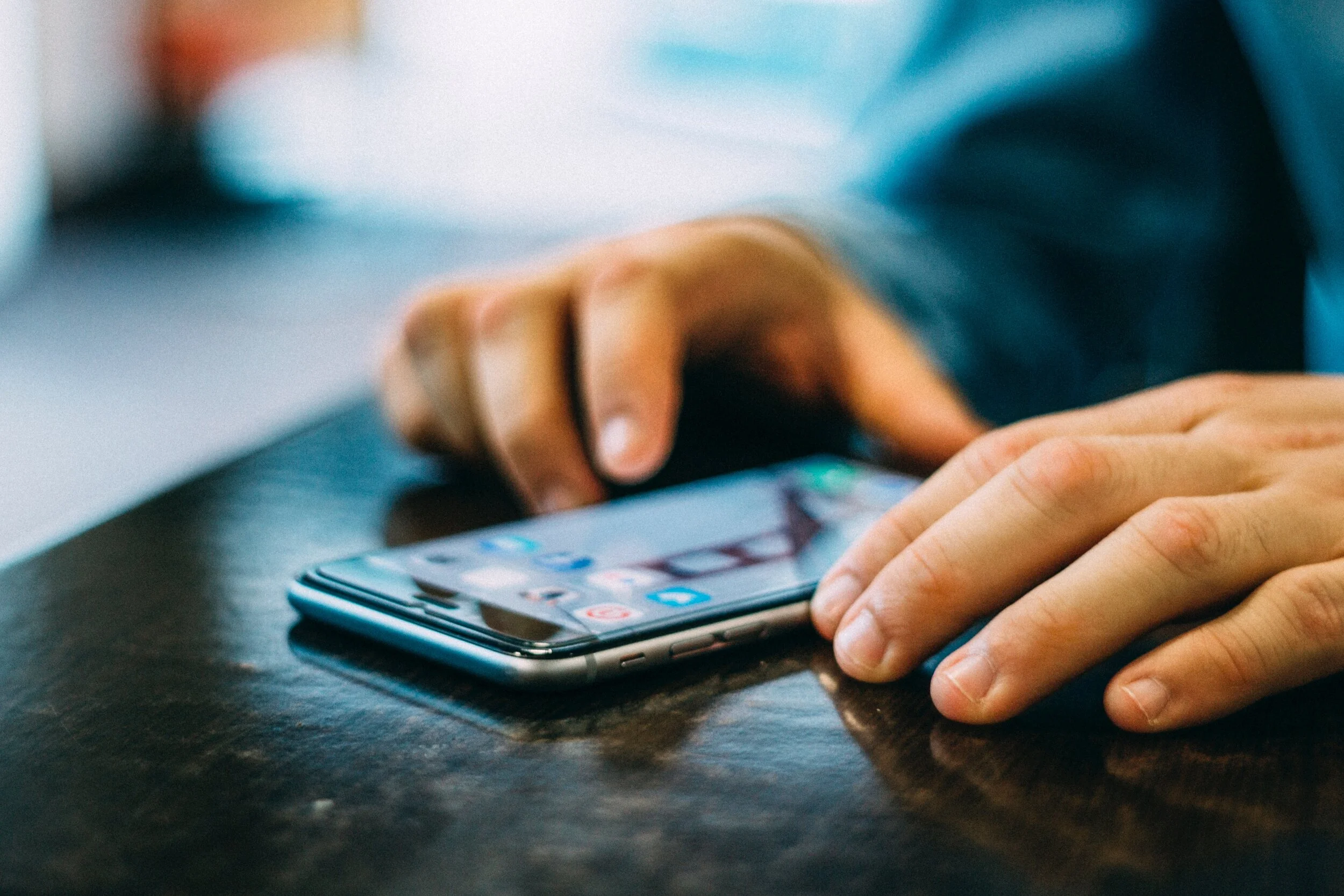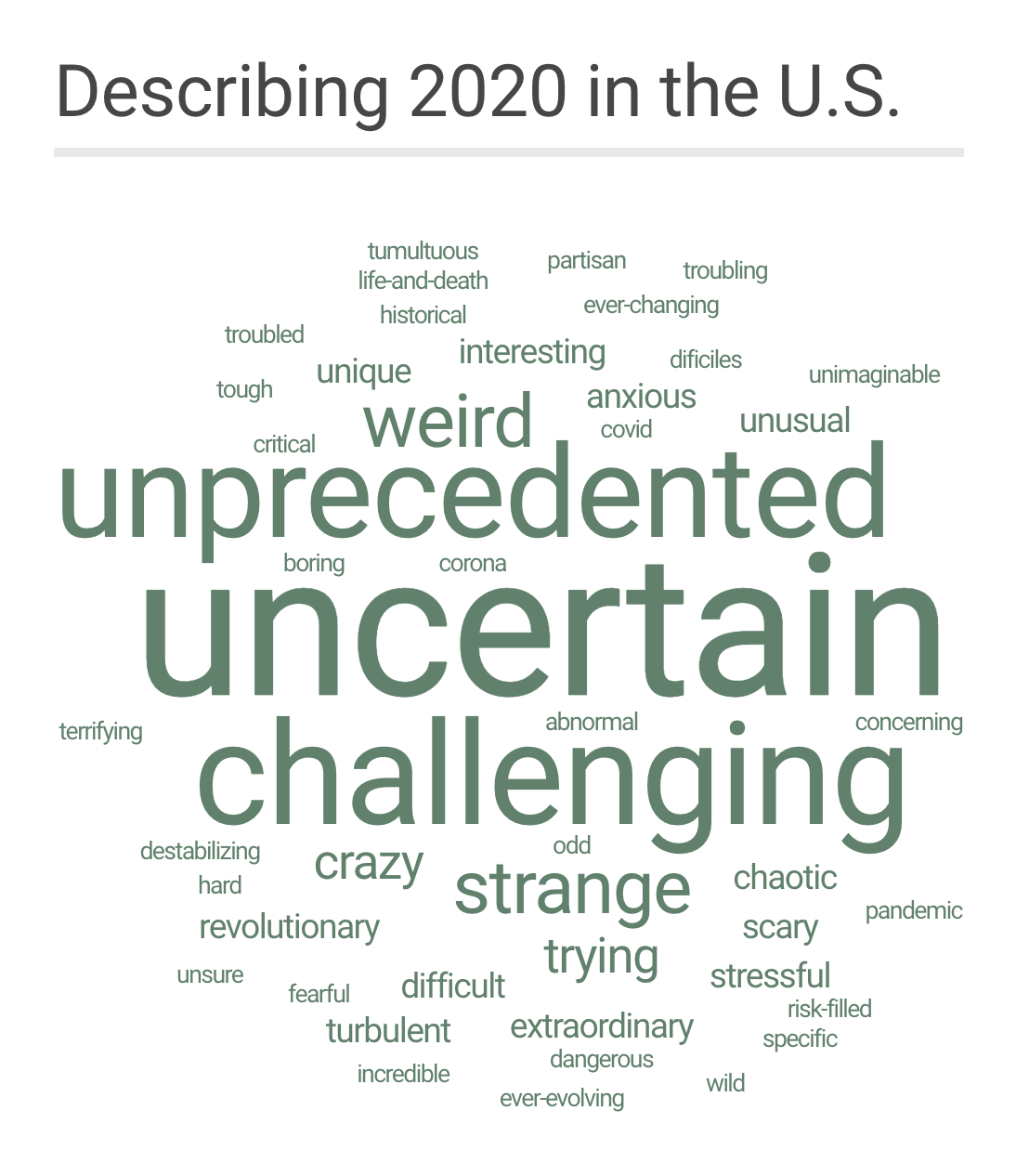Every year we review our analytics to highlight what you, our readers, have found the most compelling. In 12 short months, we have witnessed waves of new technology erupt onto the marketplace, like OpenAI’s Dall-e, and others tumble into chaos, most notably cryptocurrency. The top 10 show how YOU have followed the change.
In the News: September 2022
In the past month, AI has been dominating arts news. As its role as a collaborator and partner in visual art projects grows in popularity, many question its ethics and even object to its use in the arts entirely. There’s no doubt of its benefit in certain contexts. For instance, in the area of cultural preservation projects, which may take humans much longer if unassisted by the technology. But, understandably so, there also seems to be a looming fear in the artist community that it will displace human artists. Many object to even calling AI-generated or AI-assisted art “art.” While the future is uncertain concerning the legality and ownership of such “artwork,” these conversations are important to have. And it is vital to stay informed on the various issues involving AI in art, both good and bad, to see how the law adapts.
Another Year of Investigating Emergent Technologies in Arts Management
In the News: August 2022
TBT: Dance Through the Lens of Tech
TBT: Education, Gamification, & Public Policy
TBT: Innovation, Technology, & Theatre
2021 Top 10 Most-Read Articles
As we welcome 2022 for myriad reasons, be sure to catch up on what you missed in 2021 by reading out top 10 most read articles. Surprisingly (or not), while the last year continued to show interest in covid’s impact on technology and work, our readers were curious about a broad set of content — from NFTs to using technology to track dance. Which of these articles did you read, or miss?
Welcome to the 2021-2022 Year of AMT Lab!
We are busy kicking it back into high gear here at the Arts Management & Technology Laboratory, and I hope that you’ve enjoyed the steady stream of our summer content! My name is Liz, and I am thrilled to be taking on the role as Chief Editor of Research for 2021-2022. Lutie Rodriguez, last year’s Chief Editor, focused on the intersection of arts, technology, and policy, in addition to the ever-changing realities of the global pandemic. This year, we will investigate how arts organizations are using technology to adapt through Covid-19, as well as topics such as Climate Justice, Big Tech, Gaming, and the always-fascinating subjects of Blockchain and NFTs.
Throwback Thursday: Reimagining the Museum Experience
AMT Lab in 2020: Our Top Posts and Podcasts of the Year
Now that 2020 is in the rearview mirror, we’re looking back at the posts that were most popular with our readers. Featured topics included music streaming, entertainment trends, and management tools for the arts sector. On the podcast side, our most popular episodes reflected the national trends: the need for racial equity and the effects of Covid-19 on the arts sector.
Letter from the Editor: 2020 in Words
In the face of challenges and uncertainties, arts organizations were able to adapt in the form of VR operas, drive-in plays, virtual gallery tours, and in many other ways. While it was definitely a difficult year, hopefully we will also remember the strength with which we responded. Here’s to carrying that resilience into the new year and hoping for a less turbulent 2021.
Tech for Enjoying the Holiday Weekend
Happy Thanksgiving weekend from all of us here at AMT Lab! Even if your celebration looked a bit different this year, we hope you were able to relax, connect with those you love, and reflect on the things that you still have to be thankful for in what has been an at times bleak year. Here are some ways technology has helped us celebrate Thanksgiving in new ways and more tech engagement opportunities for the weekend.
Looking Forward to a New Year with Arts Management & Technology
Welcome to another year with the Arts Management and Technology Laboratory! Despite 2020 looking completely different than any year I’ve experienced, I am excited to take over as Chief Editor of the platform for 2020-2021. Following Lydia Kilian’s tenure as Chief Editor, during which she focused on the applications of technology to music education, blockchain, music streaming and more, I am looking forward to digging into my interests regarding how the arts, technology, and policy intersect (something I touched on as a contributor last year).
Supporting Equity in Tech and the Arts
As our country comes face to face with its long-lasting racial and social injustices, it is important to consider how long term, institutional change can be made. The arts and technology sectors have the responsibility of providing equal access. We at AMT Lab are committed to doing better. We value knowledge and research and their power to create change.
Looking to the future: 2019-2020 at AMT lab
A Quick Roundup of January News & Social Media Updates
Consumers Spent Big This Holiday Season - What and How Did They Buy, and What May Capture Their Attention Next?
There are a lot of options for how people may choose to allocate their time, attention, and financial resources. To an extent there is competition in the cultural sector between museums, theaters, and other similar organizations, but external options, such as other forms of entertainment or educational technology, present a plethora of choices for the consumer. With that in mind, as we start the year let’s take a brief scan of what was hot in the tech world through the 2018 holiday season, and what appears to be on the horizon.
News Roundup: AI Everywhere, New Social Media Features, and Projection Mapping
#TBT: Accessibility in the Arts
This past year, contributor Kate Tsai gave us several fantastic articles about accommodating disabilities for arts non-profits. It really seemed to interest our readers so we wanted to re-post some of the Kate's best articles, and remind our audience of a few past gems as well.
First Kate gave us a fantastic infographic about many different types of impairments and disabilities that can create barriers when interacting with an arts organization. In addition, she walked us through 6 quick ways to adjust websites, making them more readable and clear for audiences of all kinds.
Some of our most well-read accessibility articles center on technology for museums. In the spirit of other brief overviews. In 2016, contributor Christine Nolan showed audiences just which technologies can contribute to a more accessible and audience-friendly museum experience.
5 Technologies with the Potential to Enhance the Museum Experience
In the same vein, contributor Stephanie Sun wrote about 5 technologies that give audiences ways to connect differently with the arts experience. Although these weren't highlighted directly as opportunities to improve accessibility in Museums, they are all opportunities in these areas. For instance, 3-D scanning has made it possible for Museums to create touchable replicas for people with vision impairment. What are some other applications of these technologies that open doors for improved accessibility.
Opening Doors
Museums are not the only ones looking to accommodate a wider range of audiences. Contributor Christine Sajewski writes a two-part piece on what sensory-friendly performances are and how they are implemented effectively in the field. The first part focuses on the 'what' and the second part focuses on the 'how'.




























